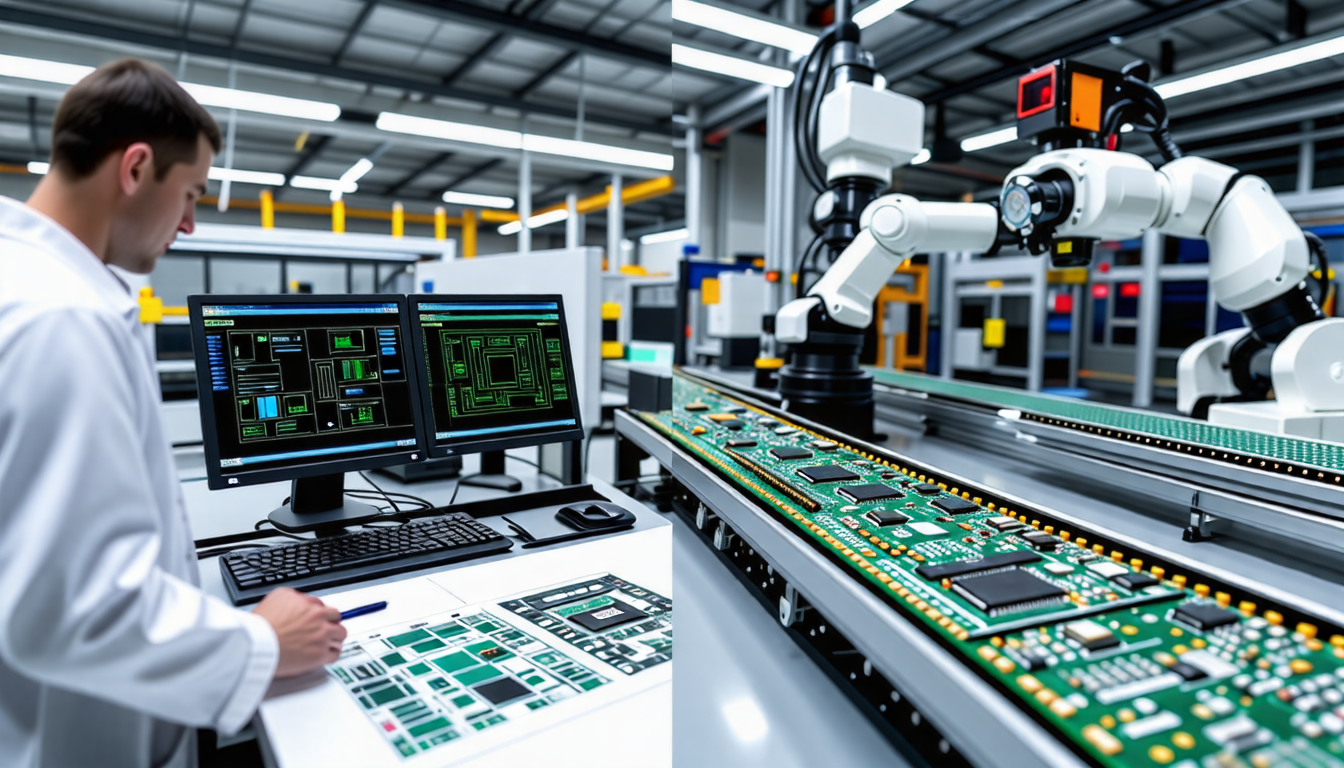|
IN BRIEF
|
In an era where sustainability reigns supreme, the integration of renewable energy into our daily lives is not just a trend, but a necessity. Imagine a world where your refrigerator, washing machine, and even your electric vehicle charger are powered by clean, renewable sources! Harnessing innovation, we can seamlessly embed solar, wind, and other sustainable energies into our household appliances, creating a harmonious blend of technology and eco-friendliness. By adopting smart energy technologies, homes can become intelligent hubs that optimize energy use, balance consumption, and store excess power for those cloudy days. This integration not only cuts costs but also takes significant strides towards a sustainable future. Let’s dive into the fascinating realm of renewable energy features that make everyday appliances not just functional, but also guardians of our planet.
As more households pursue a sustainable lifestyle, integrating renewable energy features into everyday appliances becomes essential. This shift not only contributes to environmental conservation but also promotes energy efficiency and cost savings. In this era of smart technology, understanding how to interfuse these renewable energy components into household items can truly enhance our daily lives.
Anticipating Changes in Energy Management
Embracing this transition toward integrating renewable energy sources within household appliances is vital for reducing the environmental footprint. The development of advanced technologies that promote sustainability is critical for a successful transformation of how we consume and manage energy. By being proactive and informed, homeowners can capitalize on the benefits their appliances can provide while embracing a cleaner, greener lifestyle.
The future holds exciting prospects as we further explore ways to incorporate renewable energy into everyday life. Engaging with educational resources, like those found at How to Source Components Ethically in Electronics Manufacturing, can also provide valuable insights into establishing a more sustainable living environment.
Leveraging Smart Inverters
A critical component in this solar integration process is the smart inverter. These devices transform the direct current (DC) produced by solar panels into alternating current (AC), which is compatible with household devices. By utilizing smart inverters, homeowners can maximize their energy generation by optimizing the conversion process. Furthermore, smart inverters often come equipped with features that allow excess energy to be stored for later use or even returned to the grid, thus enhancing overall energy efficiency.
Integrating renewable energy features into everyday appliances not only enhances energy efficiency but also paves the way for a sustainable lifestyle. For instance, appliances like refrigerators and washing machines can be powered by solar energy, reducing reliance on traditional electricity sources. Recent studies indicate that homes utilizing solar-powered appliances can reduce energy bills by up to 50%, showcasing the financial and ecological benefits of such integration.
Moreover, the advent of smart technology has facilitated this transformation. Smart inverters, for example, convert the DC electricity generated by solar panels into AC, making it suitable for most home appliances. This technology enables users to track and optimize their energy consumption in real-time, maximizing the use of renewable resources.
Furthermore, integrating a smart home ecosystem with renewable energy sources allows for improved energy management. According to recent data, over 70% of homeowners express interest in tracking their energy usage via smart meters. This level of engagement can lead to more conscious consumption habits, reinforcing the shift towards a greener future. Therefore, effectively blending renewable energy with everyday appliances is not just beneficial; it’s becoming a necessity in our modern world.
Harnessing renewable energy into everyday appliances is not just an innovation; it’s a necessity for a sustainable future. From smart inverters that convert solar power to AC electricity for your home, to energy-efficient devices that seamlessly connect with smart home technology, the integration is more accessible than ever. By understanding your energy needs and utilizing features that allow for energy storage and management, households can maximize efficiency and lower their carbon footprint. The future lies in blending your existing devices with cutting-edge technology that supports sustainability. Empowering your home with renewable energy not only decreases bills but transforms it into a hub of innovation, leading the charge towards an environmentally friendly lifestyle.
FAQ
What are the key benefits of integrating renewable energy into home appliances?
R: Integrating renewable energy into home appliances offers numerous benefits, including reduced energy costs, decreased carbon footprint, and enhanced energy efficiency. It allows appliances to operate sustainably while minimizing reliance on traditional energy sources.
How can I power my refrigerator with solar energy?
R: To power your refrigerator with solar energy, you will need to install solar panels capable of generating sufficient electricity. Utilizing a smart inverter can convert the DC power generated by solar panels into AC power, which is necessary for standard refrigerator operation.
Can smart home technology improve the efficiency of renewable energy use?
R: Yes, smart home technology significantly enhances the efficiency of renewable energy use. Features such as smart meters and energy monitors allow homeowners to track consumption, optimize energy use, and make informed decisions about their energy needs.
What role do batteries play in renewable energy integration?
R: Batteries serve as a crucial component in integrating renewable energy, as they store excess energy generated during peak production times. This stored energy can be utilized during low-production periods, ensuring a consistent electricity supply even when solar panels are not generating power.
How do I choose the right combination of renewable energy sources for my home appliances?
R: Selecting the right combination involves assessing your energy needs and understanding the characteristics of different renewable energy sources. Consider factors like your overall consumption, the local climate, and the availability of resources such as solar or wind energy to create a tailored setup that enhances efficiency.
